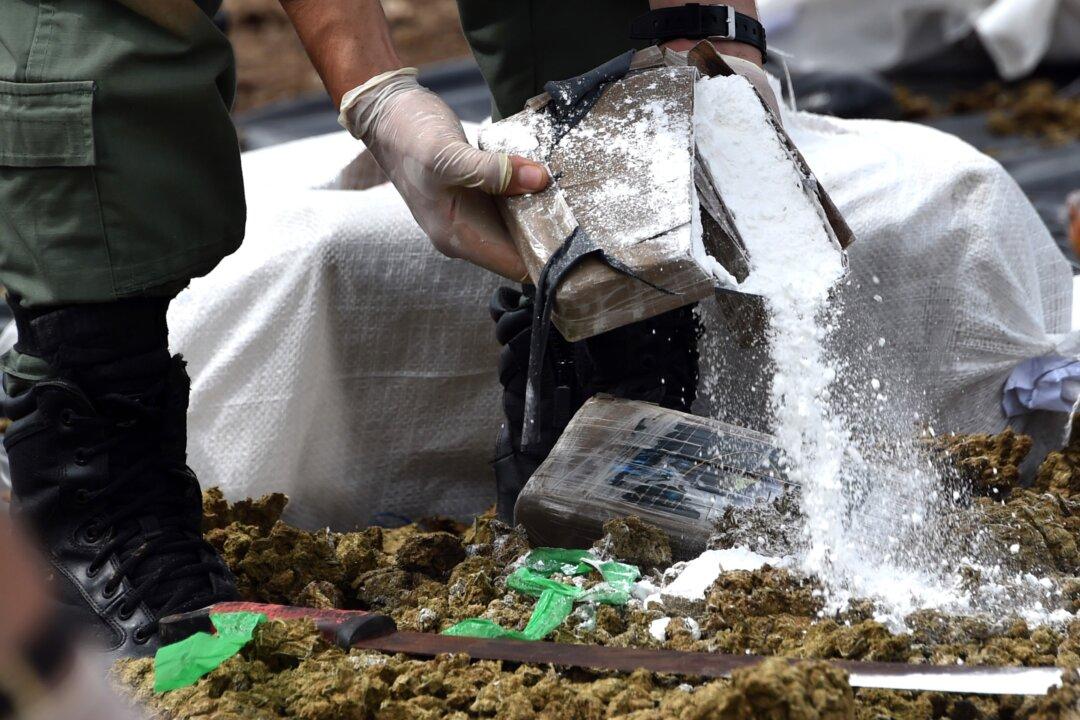In April, “legal highs” will join the list of illegal highs under the much criticized Psychoactive Substances Act 2016. This ban on legal highs, or novel psychoactive substances (NPS), is intended to cover a range of largely unregulated substances, such as nitrous oxide, while at the same time excluding more mundane—albeit, lethal—ones such as alcohol and cigarettes. But can it work?
The new restrictions continue the U.K. government’s attempt to use prohibition to control the use of drugs for recreational pursuits. The Drugs Act 1964, criticized at the time as hastily constructed, was arguably the first time controls were introduced in response to the “problem” of teenagers dancing all night. It banned amphetamines, largely because young teenagers began hanging around Soho in the early hours of Sunday mornings—after their amphetamine all-nighters.
Prior to the introduction of the 1964 act, amphetamines were the dance drug of choice—and they were legal to possess. But they were not legal to sell so, officially, they could only be obtained on prescription. In practice, however, the fact that possession was legal meant that a grey market in the drugs flourished and pills widely were sold in the regular haunts of teenagers too young to be served alcohol.
But there were alternative sources of amphetamine, too, such as Benzedrine inhalers, over-the-counter decongestants that contained the equivalent of 110 5mg amphetamine tablets. This “legal high” was being used often enough by 1957 that P.H. Connell, a leading researcher of amphetamine abuse, wrote to the British Medical Journal warning about the problems of psychosis caused by their use.
The potent effects of eating the cotton plug containing the active ingredients of the inhalers became folklore within the Mod-inspired, all-night dance culture that I joined in 1973. By that time, the amphetamine had been replaced by propylhexedrine, a substance I found less memorable than the menthol burps caused by eating the cotton plug.
